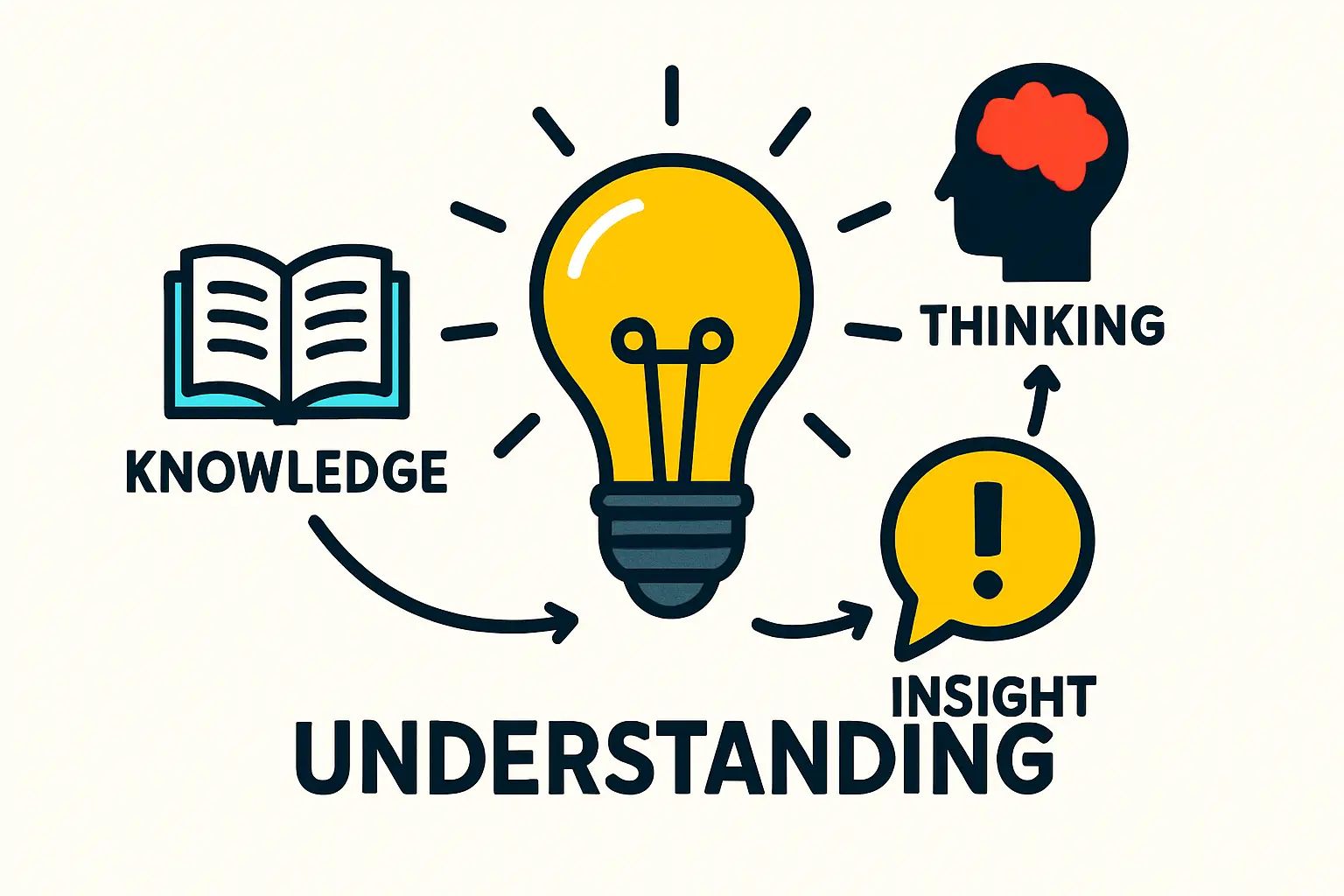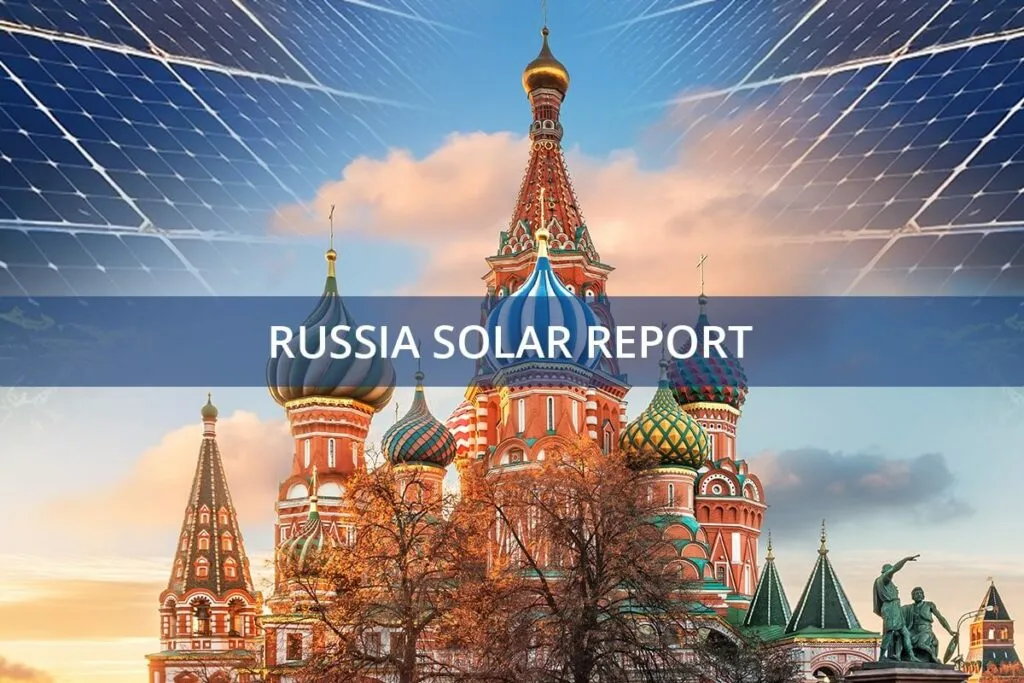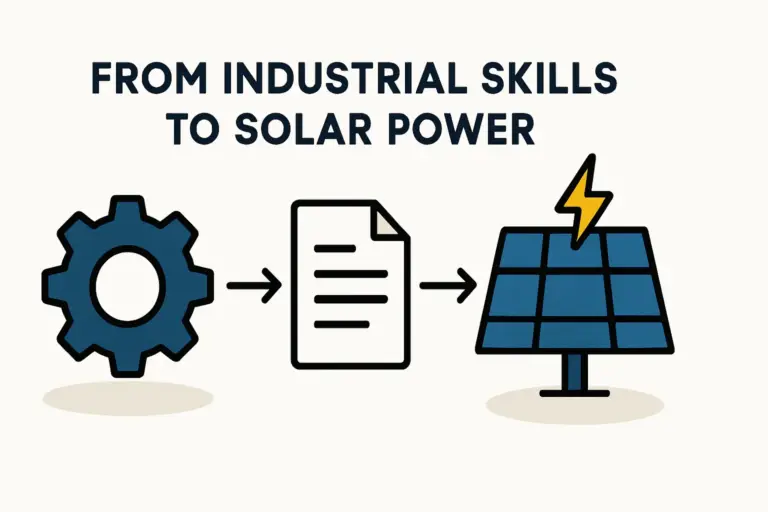For any entrepreneur planning to establish a solar module factory, the supply chain is a cornerstone of the business model. Sourcing key components locally is an attractive prospect, especially in a resource-rich country like the Russian Federation, because it promises simplified logistics, insulation from import duties, and alignment with national industrial goals.
However, transforming raw material into a precision-engineered solar component is a complex process governed by exacting technical specifications.
This analysis examines the practical realities of sourcing solar-grade aluminum frames and glass within Russia. It moves beyond the mere availability of raw materials to assess the landscape of qualified suppliers, common quality challenges, and the logistical factors that determine feasibility.
The Strategic Importance of Local Sourcing
Sourcing locally is driven by clear business advantages. A domestic supply chain can reduce lead times, lower transportation costs, and mitigate risks from currency fluctuations and international trade policies.
For entrepreneurs entering this market, establishing strong local supplier relationships is a key step toward building a resilient and competitive operation. However, this strategy hinges on a critical assumption: that local suppliers can consistently meet the stringent technical requirements of solar module manufacturing. The primary challenge is not a lack of industrial capacity, but a lack of specialization in the solar sector.
Evaluating Aluminum Frame Suppliers in Russia
Russia’s standing as a leading global producer of primary aluminum, with giants like Rusal, provides a strong foundation. While numerous companies can extrude and anodize aluminum profiles, the critical question is whether they can achieve the precision and quality demanded for solar modules.
Alloy Composition and Temper
A solar module frame is not made from generic aluminum; it requires a specific alloy, typically 6063-T5, which offers an optimal balance of strength, corrosion resistance, and machinability for drilling and assembly. A supplier must be able to certify the exact alloy composition and tempering process to ensure the frames can withstand decades of environmental stress without warping or failing.
Precision Extrusion
The intricate design of a solar frame profile must be extruded to very tight geometric tolerances. Any deviation can prevent a secure seal for the laminate, leading to moisture ingress and module failure. Potential suppliers, particularly those experienced in high-specification window systems or automotive components, are more likely to have the necessary equipment and process controls.

Anodizing Quality
Anodizing is an electrochemical process that creates a durable, corrosion-resistant oxide layer on the frame’s surface. For solar modules, this layer must have a consistent thickness—typically 15 microns or more—to protect against weathering.
Based on experience from J.v.G. turnkey projects, inconsistent anodizing is a common failure point, leading to premature cosmetic and structural degradation in the field. A thorough supplier audit must include verification of their anodizing process and quality control measures.
Assessing Solar Glass Production Capabilities
Solar glass is another component defined by its technical details. It’s a highly specialized product: low-iron, tempered, and often coated. While Russia has a well-developed glass industry for construction and automotive applications, dedicated solar glass production is less common.
Low-Iron Content
Standard architectural glass contains iron oxides that give it a slight green tint and, more importantly, absorb a portion of the incoming sunlight. For maximum module efficiency, solar glass must be ‘low-iron’ (typically with an iron oxide content below 120 parts per million) to ensure the highest possible light transmission. This is the fundamental specification that distinguishes it from other types of industrial glass.
Anti-Reflective Coating (ARC)
To further boost energy yield, most solar glass features an anti-reflective coating on its surface. This nanostructure layer reduces light reflection, allowing more photons to reach the solar cells. The application of ARC requires a sophisticated process to ensure uniformity and durability. A potential supplier must be able to apply a high-quality, long-lasting coating.

Tempering and Dimensional Stability
The glass is tempered to increase its strength and ensure it shatters into small, safe pieces if it breaks. However, an improper tempering process can introduce internal stresses or microcracks that may cause the glass to fail during the high-pressure lamination stage of module assembly. It can also cause the glass to warp, compromising the final product’s quality.
Logistical Considerations in a Vast Territory
The sheer scale of the Russian Federation presents significant logistical challenges. The location of a supplier relative to the planned factory is a major factor in the final component cost. Transporting bulky and fragile materials like large glass sheets and long aluminum profiles across vast distances can be expensive and complex.
In some cases, the cost of domestic transport can erode or even eliminate the financial advantages of sourcing locally. A comprehensive business plan must therefore include a detailed analysis of transportation routes and costs from potential suppliers.

This logistical calculus is a vital part of the planning process when considering how to start a solar module factory. Proximity to key suppliers can be as important as the price of the components themselves.
The Critical Role of Supplier Auditing
Datasheets and supplier certifications are a starting point, but they are no substitute for rigorous, in-person verification. A successful sourcing strategy requires a comprehensive supplier audit before any contracts are signed.
This process involves more than just a factory visit; it is a technical deep dive into the supplier’s capabilities, including:
- Production Line Inspection: Assessing the age, condition, and precision of their machinery.
- Material Traceability: Confirming they have systems to track raw materials from procurement to final product.
- Quality Control Systems: Evaluating their testing procedures, equipment, and documentation at every stage of production.
Effective solar panel quality control and testing begins with the raw materials. In one case, an investor in an emerging market selected a local frame supplier based on price, only to discover that inconsistent profile dimensions caused a 15% rejection rate on the module assembly line. This highlights the necessity of upfront technical vetting to prevent costly production delays.
Conclusion: A Balanced Approach to Local Sourcing
The potential to develop a robust local supply chain for solar module manufacturing in Russia is significant, given the country’s raw materials and broad industrial base. However, the success of this strategy depends entirely on meticulous supplier qualification.
Entrepreneurs must approach local sourcing not as a simple cost-saving measure, but as a strategic technical challenge. Often, a hybrid approach—for example, sourcing aluminum frames locally from a carefully audited supplier while initially importing specialized solar glass—is the most prudent path.
A detailed feasibility study is the essential first step. It provides the data-driven clarity needed to make informed decisions, build a resilient supply chain, and lay the groundwork for a successful manufacturing operation.
Frequently Asked Questions (FAQ)
Is it always cheaper to source frames and glass locally in Russia?
Not necessarily. While the base price may be lower, factors such as inconsistent quality leading to production losses, or high domestic transportation costs, can make a seemingly cheaper local option more expensive in the long run. A total cost of ownership analysis is required.
What is the single biggest risk with a new local supplier?
Inconsistency. A supplier might provide excellent samples to win a contract but then fail to maintain that quality level during mass production. This can affect everything from production yield to the long-term reliability and bankability of the final solar modules.
Can standard architectural glass be used for solar panels?
No. Standard architectural glass has a high iron content that significantly reduces light transmission, which would severely impair the solar panel’s efficiency and power output. Only specialized, low-iron, high-transmission glass is suitable.
How does a new entrepreneur verify a supplier’s technical claims?
Verification should be a multi-step process: first, requesting and testing samples from a production batch; second, sending samples to an independent third-party laboratory for validation; and third, conducting a thorough on-site audit of the supplier’s manufacturing facility and quality control processes.






